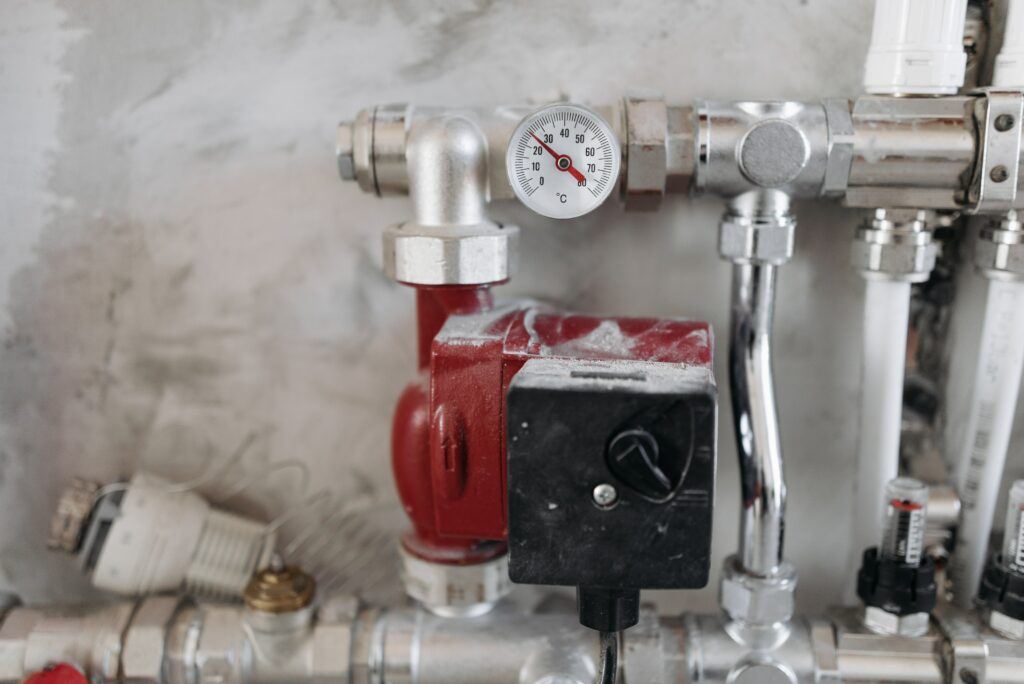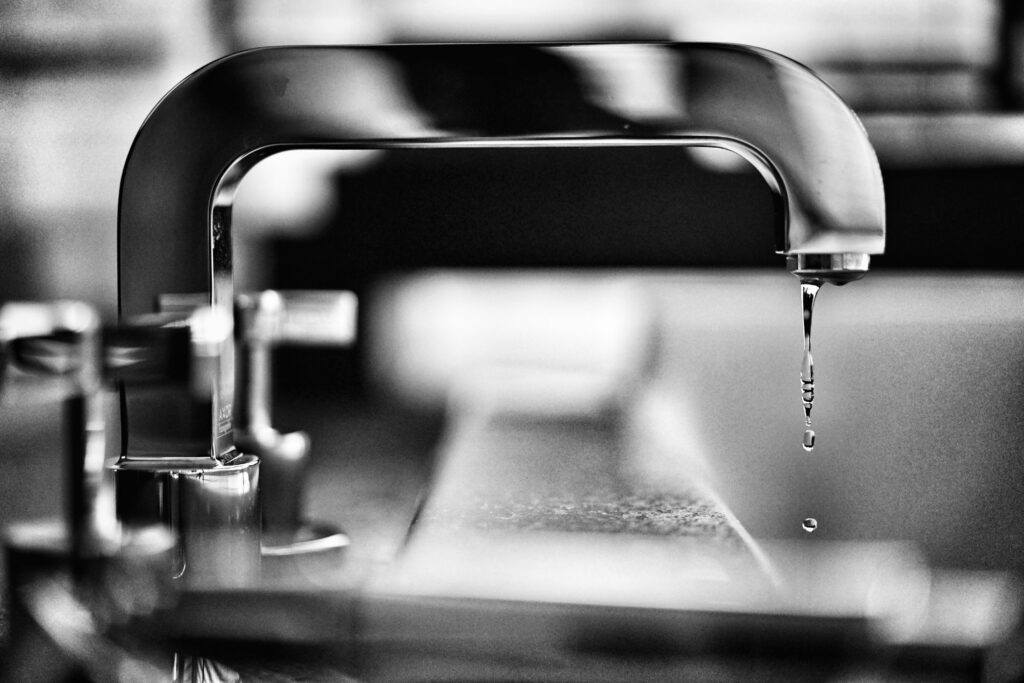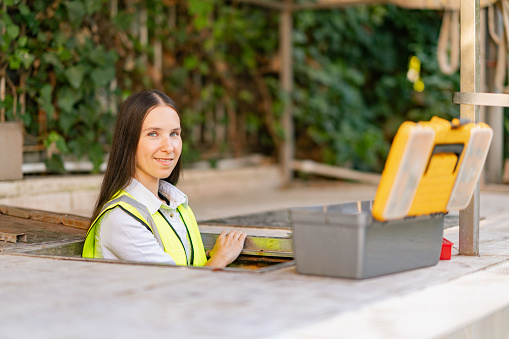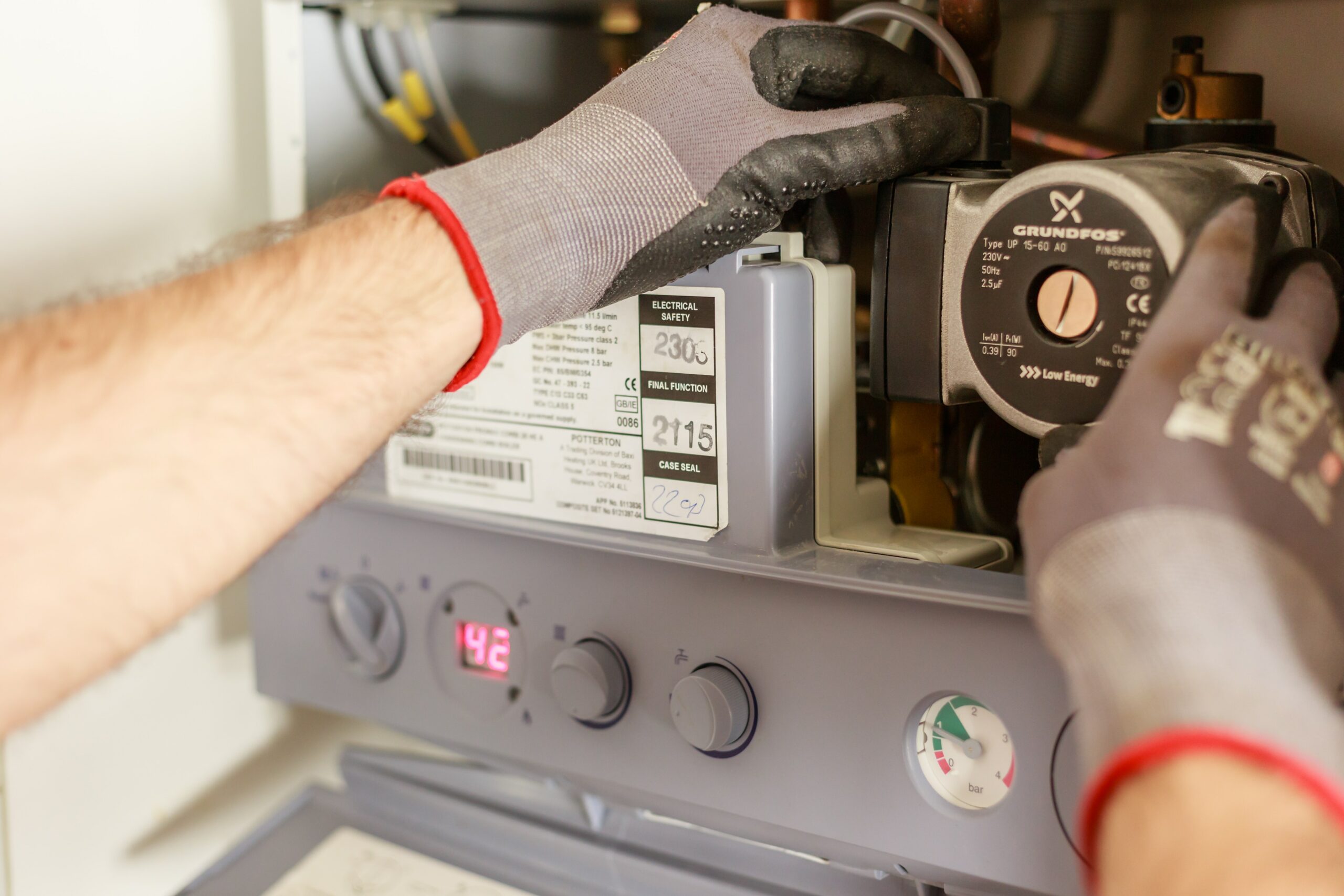When developing Principles of Plumbing services for buildings, the following factors should be considered: A pathway for gas to move through. There should be an effort to keep rodents from escaping through pipes and sewers into the structure. As soon as possible, the stench and waste should be removed from buildings. Drainage pipes in plumbing systems must be airtight.
Unaffected by the corrosive effects of liquid waste because of its high strength and gas tightness. Joints in water supply and drainage pipes must be leak-proof, sturdy, and long-lasting. Principles of Plumbing services, thoroughly cleans and removes obstructions from the network of pipes used in their services. All conceivable air blocks, siphon age, under deposits, and blockages must be checked and corrected.
Principles of Pipe Layout:
Laying water supply lines should follow the following guidelines:
Make sure that there is no backflow or cross-connection. Eliminating backflow is possible. Washbasins, in particular, should have an acceptable air gap between the entrance and end flood level. When connecting a cistern to a toilet, the intake and float valve must be installed appropriately. Always maintain a positive tension on the discharge pipes.

An example for Principles of Plumbing is a pipe layout within a building: Inspecting, replacing, and repairing distribution lines should be a breeze, thanks to good planning. Drainage and water supply pipes should not be placed too close together. Stoneware drainage pipes in particular.
Ensure that water supply pipes are not placed next to pipelines transporting contaminated water. It is best not to bury GI pipes, as they decay when they touch the dirt. PVC pipes should be inspected for leaks and installed as concealed pipes in the building.
As a part of the pipe sizing process:
Typically, for a middle-class home, eight pipes of a minimum nominal diameter of 20 mm are sufficient. Those that are directly connected to the tanks above the toilets. An adequate flow can be achieved with a diameter of 25 mm.

Plumbers utilize a variety of pipe sizes:
For various applications, such as a bathroom, there is a minimum pipe size that should be used. Drinking fountains, toilets, bathtubs, and shower stalls require pipes with a diameter of 10 mm.
The installation of a gate valve or stop valve in an easily accessible place is required to regulate water flow from overhead storage tanks. This is for multi-story structures with numerous flats. To provide an uninterrupted supply of water, a more complex water distribution system and more Principles of Plumbing should be implemented.
Drainage Design in a Building:
The following are some of the most important aspects to keep in mind while designing and constructing drainage systems:
In both horizontal and vertical directions, the arrangement should be straightforward and symmetrical. To maintain the natural flow of a pipeline, there should be no abrupt shifts in the direction of travel.

Drainage Design in a Building:
To maintain a smooth and steady flow, the angle between the intersecting pipes should be less than 45 degrees. Whenever pipes come together or bend, inspection chambers are needed to keep an eye on things . These are the common Principles of Plumbing which are to be followed .

